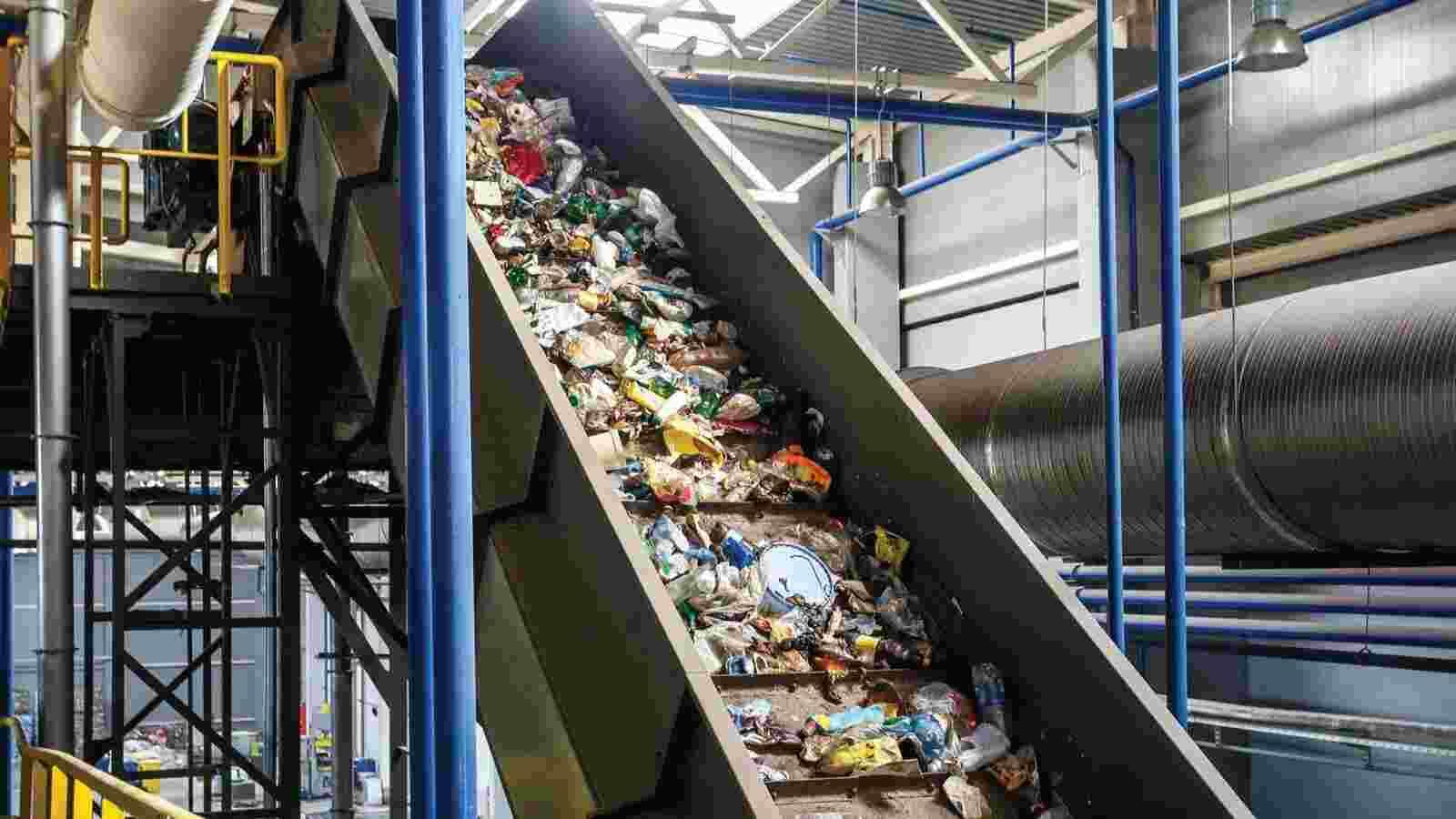Renewable materials and next-generation plastics are propelling modernization across industries by redefining how products are designed, produced, and deployed. This article explores how plastics and innovative materials are powering the next wave of manufacturing by examining breakthroughs in material science, applications in key sectors, and strategies for integrating these innovations into agile, sustainable production systems.
Understanding the Evolution of Plastics and Innovative Materials
The manufacturing industry has long relied on conventional polymers and metals yet today stands at a turning point through the emergence of high-performance plastics and composite materials. These advanced materials are reshaping product capabilities and enabling new functionalities while also addressing challenges of resource constraints and environmental impact.
Advanced Plastics Driving High-Performance Manufacturing
Innovations in plastics such as ultra-high-performance polymers, bio-based resins, and recyclable thermosets are leading to lighter weight structures, improved thermal resistance, and longer product lifespan. These materials are finding applications across automotive, aerospace, electronics, and consumer goods sectors, enabling slimmer designs, enhanced strength, and better energy efficiency.
Smart and Functional Materials in the Fabrication Ecosystem
Beyond structural advantages, materials are becoming smarter. Shape-memory polymers, self-healing plastics, and conductive composites are integrating sensing, adaptability, and interactivity into manufactured parts. These smart materials are paving the way for responsive, connected products that adapt to changing conditions or user inputs.
Circularity and Sustainability in Material Innovation
Sustainability is no longer a niche but essential for the next wave of manufacturing. Biodegradable polymers, recyclable composites, and closed-loop material systems are transforming production from linear take-make-dispose models to circular paradigms. These materials are enabling manufacturing systems to reduce waste, recover resources, and lower environmental footprints while maintaining performance benchmarks.
Strategies for Integrating New Materials into Manufacturing
Adopting new plastics and materials within manufacturing requires more than innovation in labs. Collaboration across supply chains, investment in R&D-friendly prototyping, material-specific standards, and targeted training programs are key enablers. Partnerships between material producers, equipment manufacturers, and end users drive adoption and ensure manufacturing processes remain agile, safe, and cost-effective.
Plastics and Innovative Materials Powering the Next Wave of Manufacturing
The convergence of performance, sustainability, and intelligence in advanced plastics and materials signals a new era for manufacturing. Manufacturers embracing these materials gain advantages in product differentiation, resource efficiency, and supply chain resilience. The materials landscape is shifting, and those who adapt early will lead in building smarter, greener, and more responsive manufacturing ecosystems.
For More Info https://bi-journal.com/plastics-and-innovative-materials-powering-next-of-manufacturing/
Conclusion
Manufacturing’s future is being redefined by plastics and innovative materials that deliver enhanced performance, smarter functionality, and sustainability. Through cross-industry collaboration, smart integration strategies, and a commitment to circularity, these materials are set to power the next wave of manufacturing. The companies that harness these tools effectively will be the true pioneers in building a resilient and future-ready industrial landscape.

